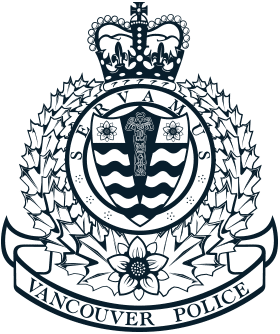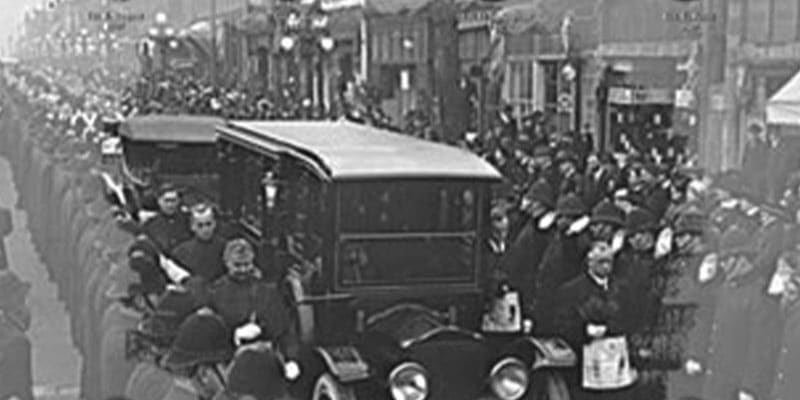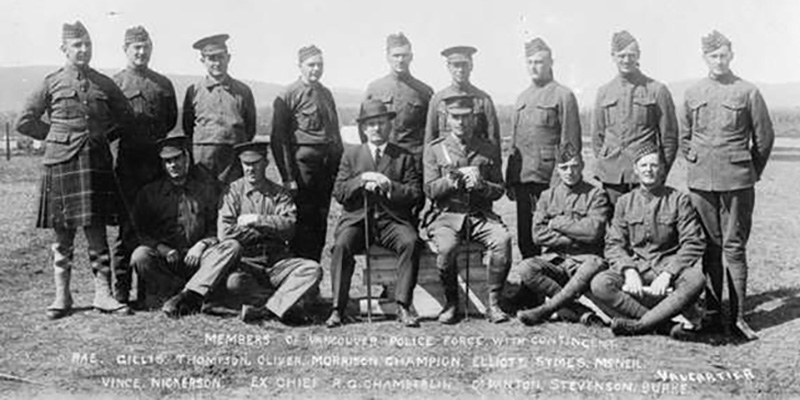The Vancouver Police Department was formed in the spring of 1886, when Vancouver was just a small village of 500 residents known as Granville.
From the Department’s humble beginnings as a one-man operation in 1886, to our current strength of 1,935 civilian and sworn members, our diversity now reflects the many communities that make up Vancouver.
We have continued to adapt and evolve with the passing years, dedicated to our tradition of going above and beyond, and pursuing innovative approaches to policing, training, and crime prevention.
Vancouver Police Chiefs
It was 1886, when Vancouver’s first police chief, John Stewart, pressed three men into service to oversee safety in the city following the Great Fire. Since then, 30 chiefs have led the Department, each with their own contribution to improving the organization. Today, Chief Constable Steve Rai oversees 1,935 civilian and sworn members, all dedicated to public safety in Vancouver.
Timeline
1886: Vancouver’s First Chief Constable is Appointed
John Stewart is sworn in as Vancouver’s first police chief and only police officer on May 10, 1886.
Just one month later, the Great Fire of 1886 destroys the city. Stewart is joined by Jackson Abray, V.W. Haywood, and John McLaren, to form the fledgling Vancouver Police Department, and they work from a tent at the foot of Carrall Street as Vancouver is rebuilt from ashes.
1906
1906 – Call boxes introduced
Call boxes are introduced in the city, freeing officers to patrol their areas and be summoned by phone when needed. Officers no longer stand at intersections waiting for people to find them if they needed help.
1908
1908 – VPD Mounted Squad is formed
The Vancouver Police Mounted Squad is formed, with 11 officers and 12 horses. A year later, the first patrolman on horseback is assigned to patrol Stanley Park.
1911
1911: VPD Marine Unit created
The VPD Marine Unit is created to help deter theft from boats and waterfront properties, and arrest the criminals responsible. Officers also deal with opium smugglers.
1912
1912: First female police officers hired
Vancouver is the first police department in Canada – and third in the world – to hire female officers. Lurancy Harris and Minnie Miller act as matrons in the jail, escort women prisoners, and make regular patrols of pool halls, cabarets, dances and other places where young people congregate.
1912: First VPD officer killed in the line of duty
Lewis Byers is the first VPD officer killed in the line of duty. He is shot by a suspect who had earlier threatened liquor store employees with a gun. Read more about his story and the stories of all 16 officers who have been killed in the line of duty.
1914
1914: John Vancouver starts
John Vance is a City of Vancouver health analyst when he is called to take blood samples at the scene of a murder. His forensic skills prove to be exceptional, and he is given a crime lab later the same year. He becomes known as the “Sherlock Holmes of Canada,” and is so good at his job that there are several attempts on his life.
1914: VPD Pipe band begins
The VPD Pipe Band begins with 16 police officers. It is the third police pipe band in the world, along with Edinburgh and Glasgow, and is still in existence today.
1922
1922: VPD Traffic Division formed
The VPD’s first traffic enforcement officers begin patrolling in 1918 after the Department purchased three Indian motorcycles, but it is 1922 when the first Traffic Division is formed. Right from the start, officers are committed to road safety, and balance education with enforcement.
1929
1929: Point Grey and South Vancouver join Vancouver
The municipalities of Point Grey and South Vancouver join Vancouver and police sub-stations are opened in each area.
1932
1932: First VPD forensic lab
The first VPD forensic lab opens at 238 E. Cordova, next door to the police station. It is one of the most advanced forensic facilities in North America, even rivalling the FBI crime lab that opens the same year.
1937
1937: Statistical Bureau created
In a first for Canadian Police forces, the Statistical Bureau is created, equipped with Hollerith Tabulating machines, to keep track of crime trends and information on suspects.
1938
1938: First police radios in VPD police cars
The first police radios are installed in VPD police cars.
1950
1950s: Drunkometer and radar guns are introduced
The “Drunkometer” – a device used to detect a driver’s level of impairment – and radar guns, to determine a vehicle’s speed of travel, are introduced, enabling officers to save countless lives, as they reduce the number of impaired and dangerous drivers.
1953
1953: New police headquarters
New police headquarters at 312 Main Street opens.
1954
1954: Motorcycle Drill Team is formed
The Vancouver Police Motorcycle Drill team is formed by Sergeant “Cookie” Ryan. The team has performed their high-speed maneuvers and other skills for thousands of spectators since.
1957
1957: VPD Canine Unit created
The Vancouver Police Canine Unit is created, the oldest municipal police dog unit in Canada. In 1959, Chief Constable George Archer wrote about the unit: “It is my considered opinion, based on our experience to date, that the four dogs now on duty are each equal to a second police constable and, in some instances, better.”
1957: Female officers are granted pay equity
Female officers are granted pay equity with the male co-workers.
1962
1962: Molony 4-Finger System for Print Search developed
Sergeant Basil Molony devises a system to quickly identify a single fingerprint found at a crime scene, known as the Molony 4-Finger System for Print Search, and it is adopted by police agencies throughout North America. The Crime Detection Laboratory, the Fingerprint Section, and the Document Examination Section are highly respected by other experts in their fields.
1968
1968: First Chinese VPD officer
Eugene Wai Kin Ko becomes the first Chinese VPD officer, previously working as a police inspector in Hong Kong. He resigned the following year to join the RCMP as a security officer.
1969
1969: First Black VPD officer
The VPD’s first black officer was hired. Arthur “Bruce” Clarke went on to a policing career that spanned over 30 years.
1972
1972: School Liaison Unit begins
The VPD School Liaison Unit begins at Killarney Secondary School, which would expand to include all elementary and high schools in the city. The goals of the program are to eliminate barriers between youth and police by providing support and mentorship, to provide safety and crime prevention education, and to investigate crime.
1975
1975: First South Asian Female Officer Hired
Constable Sharajit Carroll (nee Mehat) became the first South Asian female police officer hired by the VPD. She worked as a substitute teacher prior to joining, but she had always dreamed of wearing a uniform.
1976
1976: Communications Centre opens
A new and ultra-modern Communications Centre opens, and the 9-1-1 system is implemented.
1978
1978: Car 87 program begins
The Car 87 Program begins, which teams a Vancouver Police officer with a mental health professional. They provide on-site assessments and intervention for people living with mental illness. It is the first program of its kind in the world, and police agencies throughout the world adopt it.
1979
1979: Mobile computers installed in police cars
The computer age arrives and VPD is the first Canadian department to install mobile computers in police cars, giving officers immediate access to information and allowing them to communicate directly and securely with the Communication Centre.
1981
1981: First VPD Indigenous liaison officers
VPD’s first Indigenous liaison officers are assigned
1985
1985: VPD Ceremonial Unit formed
The VPD Ceremonial Unit begins at the Sea Festival Parade. Members continue to represent the VPD today, marching in parades and taking part in events and functions, including performing honour guard duties.
1986
1986: Police Museum opens
The Vancouver Police Museum opens in time for the centennial anniversary of the VPD, dedicated to the gathering and sharing of historical information of the VPD, the City Coroner’s Services, and the City Analyst Laboratory. Run by the Vancouver Police Historical Society, and a registered charity, the Museum is located in the old Coroner’s Court building at 238 Cordova.
1991
1991: VPD Bike program starts
Police officers were patrolling on bicycles as early as 1899, but the VPD Bike Program officially begins in 1991, providing a mix of community outreach, neighbourhood policing, and crime-fighting. In just over 10 years, it would grow to one of the largest bike programs in North America.
1994
1994: Headquarters moves to 2120 Cambie Street
After more than 40 years, VPD headquarters moves from 312 Main Street to 2120 Cambie. Many sections remain in the Main Street building, as the Department is split between two main buildings.
1996
1996: VPD launched website
The VPD launches its first website, one of only a handful of police websites worldwide.
1997
1997: VPD Chief Constable walks in Pride Parade
VPD Chief Constable Bruce Chambers is the first police chief in Canada to walk in a Pride Parade.
2000
2000: First female VPD Deputy Chief Constable
Carolyn Daley becomes the VPD’s first female Deputy Chief Constable, 25 years after joining the Department.
2006
2006: Susan Point gives VPD Thunderbird artwork
The Musqueam Band gives the VPD artwork by Susan Point of a Thunderbird, a guardian spirit greatly respected as the hero in many Coast Salish legends. Symbolizing strength, principle, and courage, the artwork is showcased on all police vehicles and becomes part of the Department’s identity.
2007
2007: Jim Chu becomes first non-white chief constable
Jim Chu, of Chinese ancestry, becomes the first non-white VPD Chief Constable.
2007: First VPD canoe
The first VPD canoe is launched, named NCH’7MUT (pronounced In-CHOTE-Mote), which means “One Heart, One Mind.” VPD paddlers and Indigenous Youth use the canoe in the annual Pulling Together Canoe Journey.
2010
2010: Second police building at 3585 Graveley Street
The Department moves into 3585 Graveley Street, as the second main police building to 2120 Cambie Street headquarters.
2010: VPD joins Twitter
The VPD joins Twitter, fully embracing social media as a communications and engagement method.
2017
2017: Two fully electric motorcycles join VPD fleet
The Department adds two fully-electric motorcycles to the VPD fleet of vehicles, becoming one of the first police agencies in Canada to use pure electric motorcycles for police operations. In 2018, an additional 20 electric vehicles replace gas-powered cars in the fleet, which are used by investigative and administrative staff.





